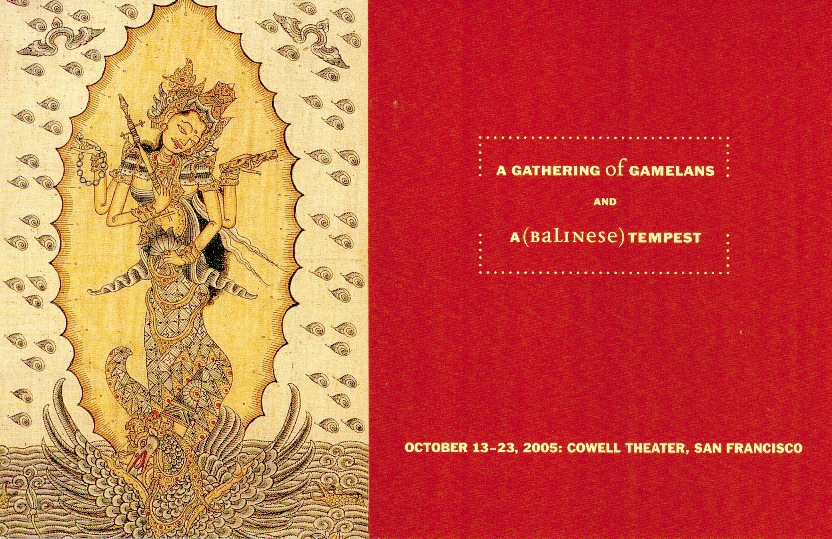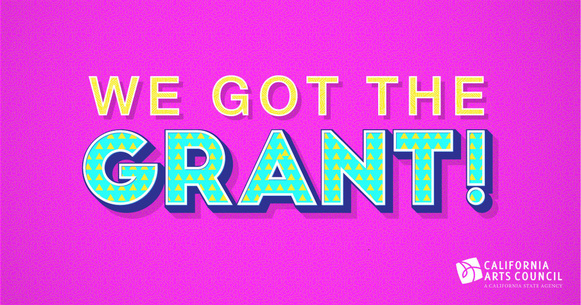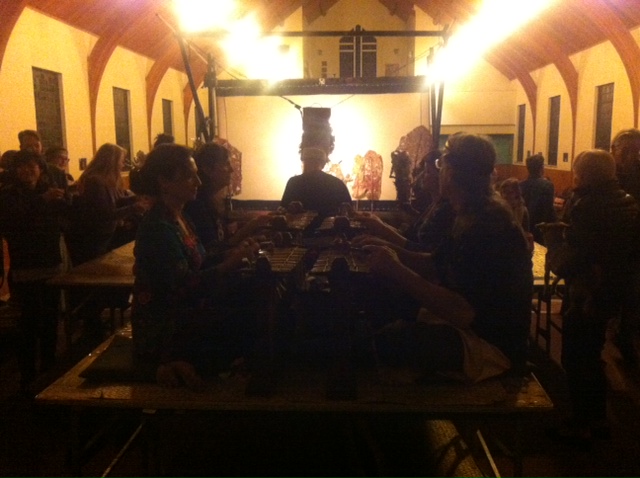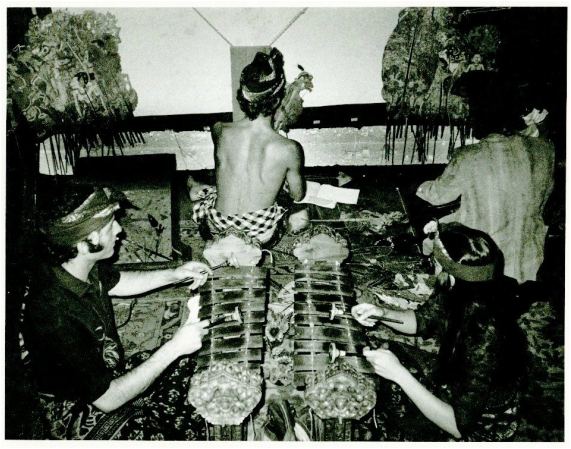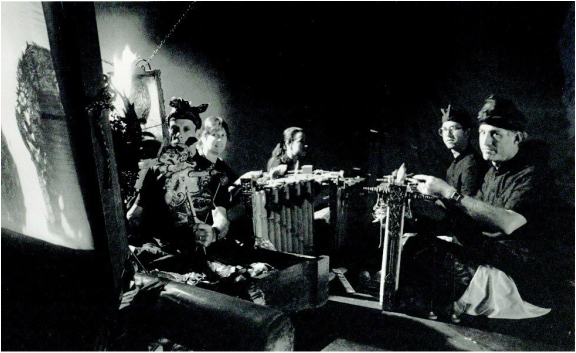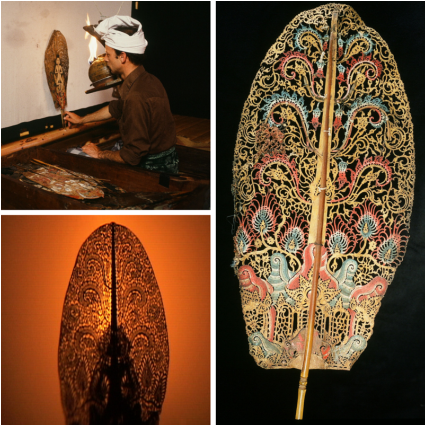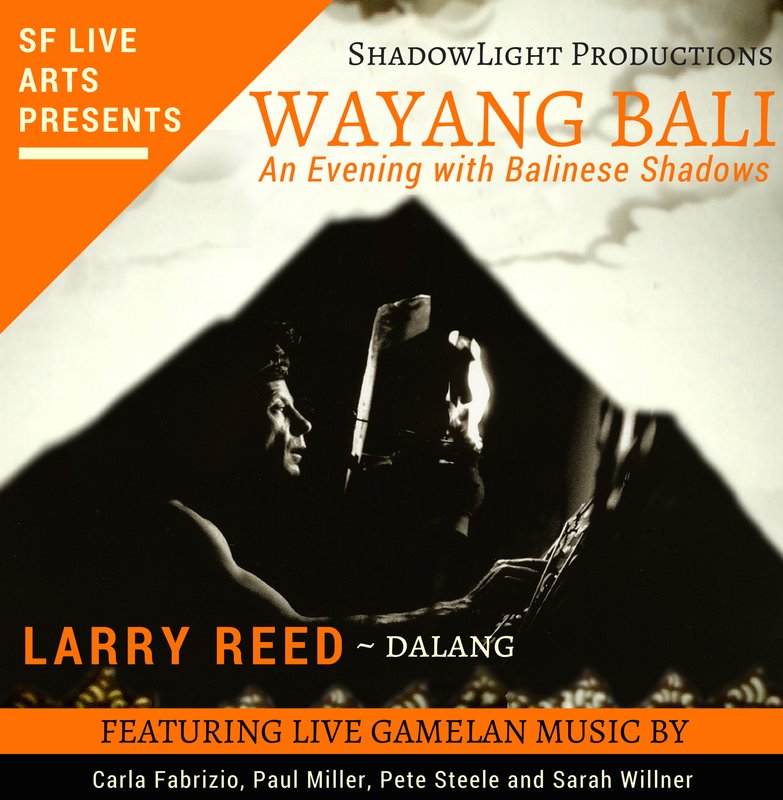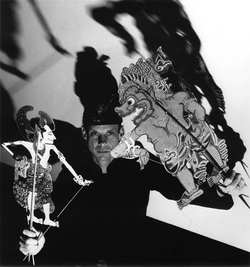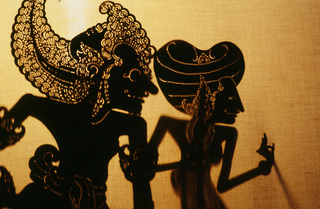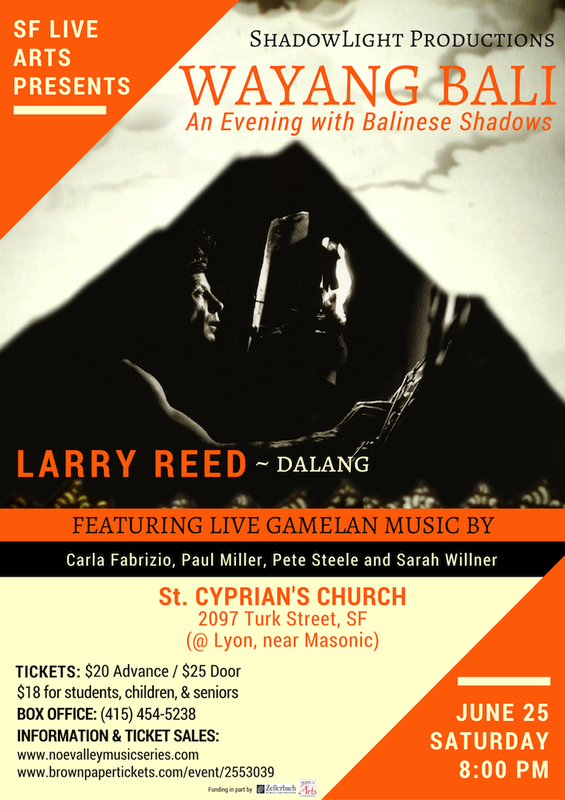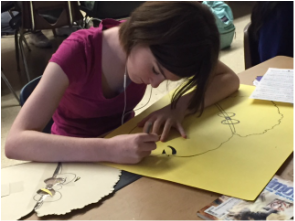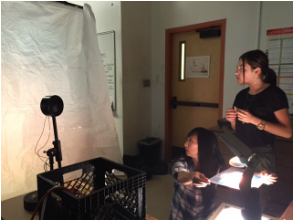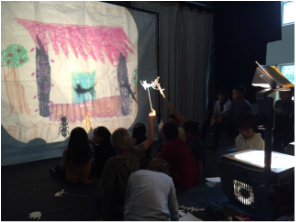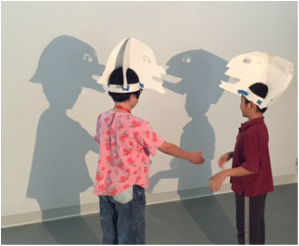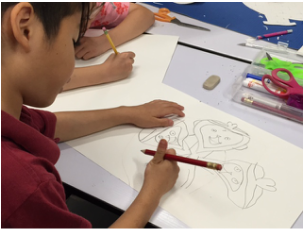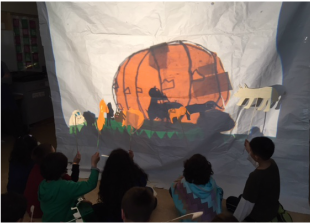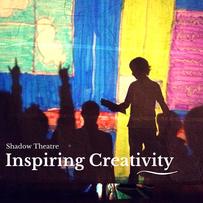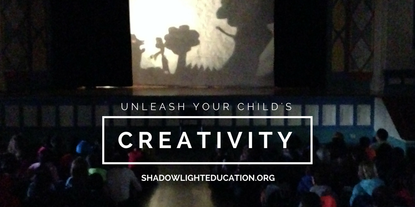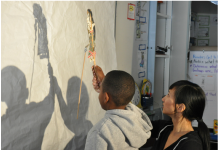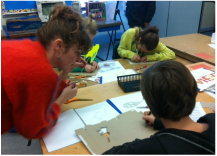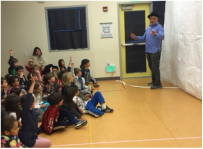9 Gamelans, 5 Countries, 2 Weeks, 1 Festival
"In the past 30 years, Bay Area gamelan has come into its own. Once 'obscure' and 'exotic,' gamelan today is recognized for influencing local composers, and has become a favorite of Bay Area audiences.
Last year, I felt moved to honor the artistic traditions of Southeast Asia - all of them endangered by global cultural homogenization - which have inspired my traditional and contemporary work. I decided to organize a festival the Bay Area hasn't seen in decades, one gathering many local gamelans to offer audiences a way to experience first-hand the clear (and subtle) relationships among various traditions. Dalangs in Java and Bali both draw from the Mahabharata - why not show how three artists from three different regions tell the same story? Cambodian dance shares some ancestry with Sundanese - it's interesting and inspiring to see them together.
Gamelan means 'orchestra,' and in the same way that a Western ensemble could denote a symphony, rock band or jazz quartet, gamelan comes in many flavors. Though it is technically an Indonesian term, the music and dance of Cambodia, Thailand and the Philippines share a great affinity to that of Indonesia. We are honored to have these three additional cultures represented in A Gathering of Gamelans.
The festival culminates with a new interpretation of a Shakespeare classic inspired by both Elizabethan and Balinese traditions: A (Balinese) Tempest, fusing ShadowLight's cinematic, wide-screen theater with the Balinese music of Gamelan Sekar Jaya."

